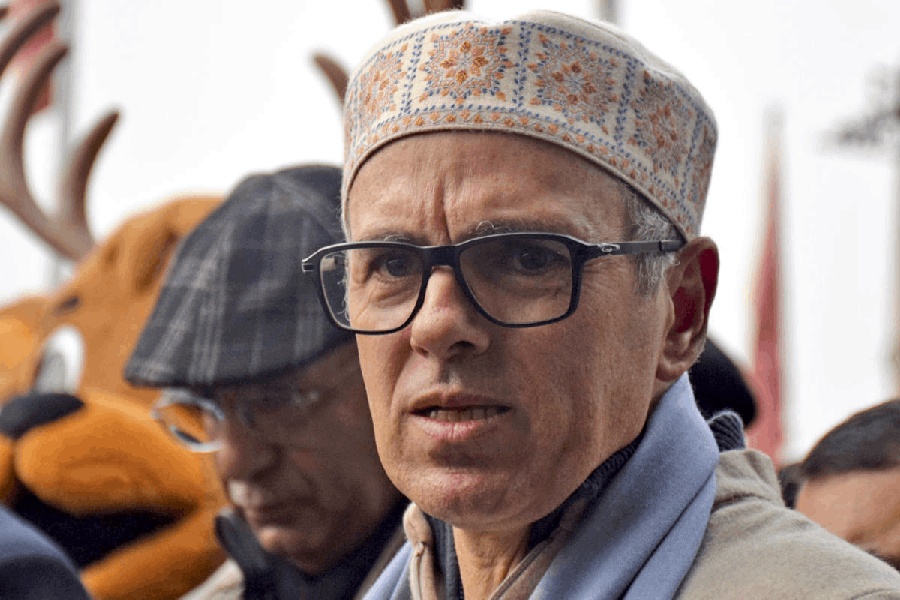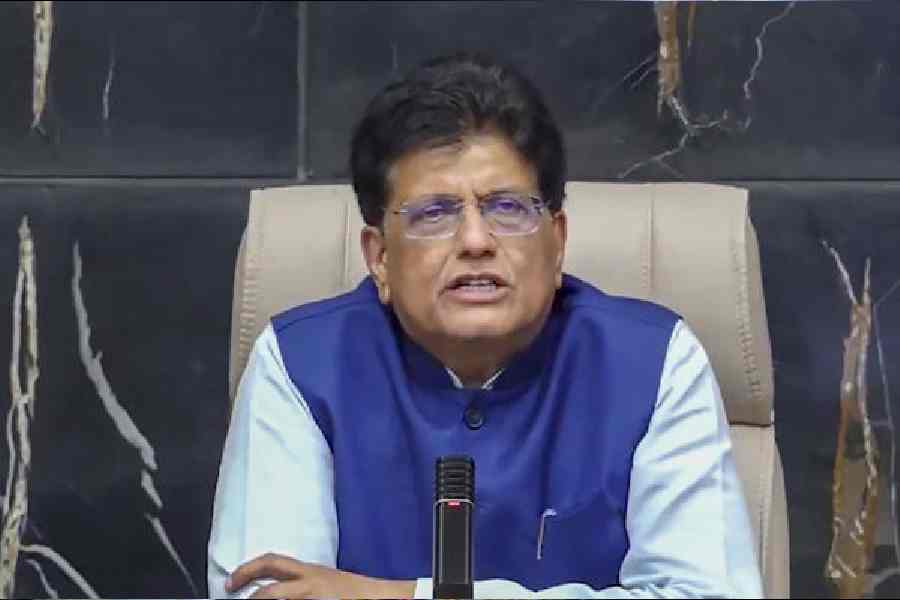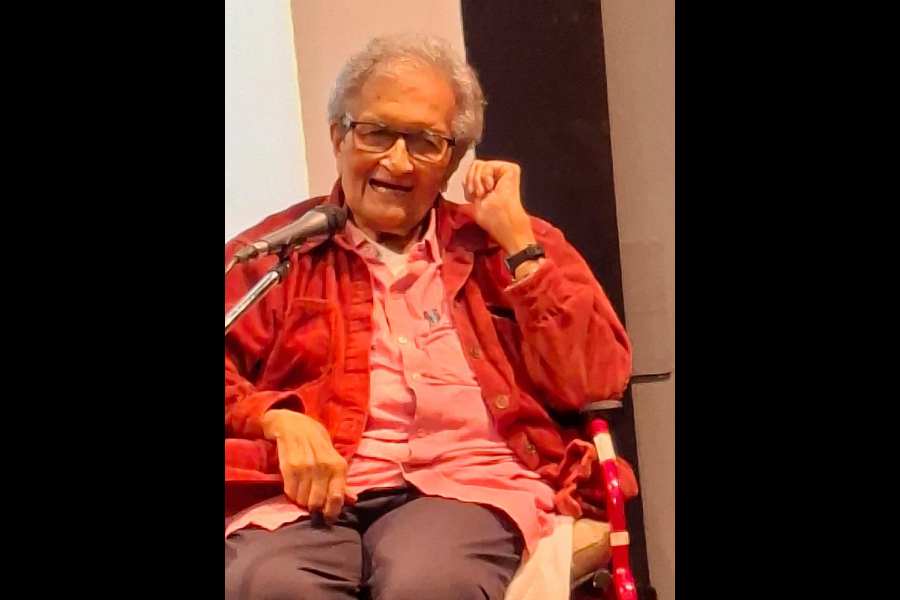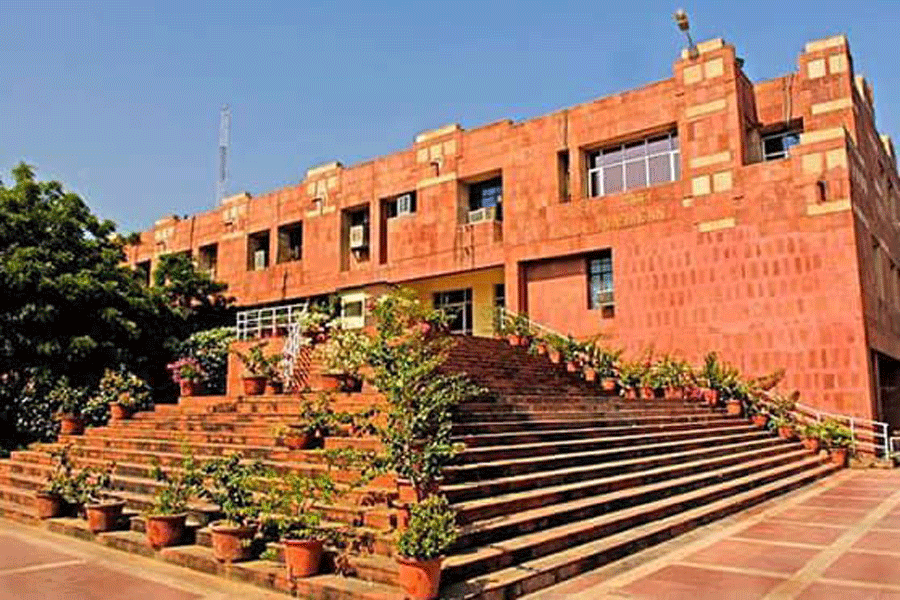New Delhi, Aug. 25: India's religious diversity is shrinking with the populations of the smallest religious groups, including the Sikhs, Buddhists and Jains, growing the slowest over the past decade, census figures released today suggest.
The figures, released by the home ministry, show that Sikhs and Buddhists have for the first time in at least three decades registered growth rates of less than 10 per cent, while the growth of Jains dropped to about 5 per cent.
The numbers indicate that contrary to a popular discourse among sections of Hindu hardliners, there is no danger of minorities overwhelming Hindus who continue to make up nearly 80 per cent of the population.
The analysis of the 2011 census by the registrar general of India has counted 96.63 crore (79.8 per cent) Hindus, 17.22 crore (14.2 per cent) Muslims, 2.78 crore (2.3 per cent) Christians, 2.08 crore (1.7 per cent) Sikhs, 84 lakh (0.7 per cent) Buddhists, 45 lakh (0.4 per cent) Jains and 79 lakh (0.7 per cent) persons with "other religions and persuasions". Under the category "religion not stated", 29 lakh (0.2%) people have been included.
 Hindus grew by 16.8 per cent between 2001 and 2011, while the growth was 24.6 per cent among Muslims. But India's absolute Hindu population grew over the decade by 13 crore, a crore higher than the total number of Muslims in India in 2011.
Hindus grew by 16.8 per cent between 2001 and 2011, while the growth was 24.6 per cent among Muslims. But India's absolute Hindu population grew over the decade by 13 crore, a crore higher than the total number of Muslims in India in 2011.
The analysis of population growth trends reveals that the 24.6 per cent growth rate among Muslims has been the lowest during the 2001-2011 decade compared to that during earlier decades.
Social scientists point out that population growth rates are influenced by multiple factors such as economic development, literacy levels and access to healthcare. They say growth rates usually plateau with increasing prosperity.
"When such population growth data is disaggregated on the basis of economic groups or in other ways, you could see some different patterns," said Satish Deshpande, professor of sociology at the University of Delhi.
"It's been shown, for instance, that the growth rates of Muslims in southern states, such as Kerala, are lower than the growth rates of Hindus in Bihar or Uttar Pradesh."
India's Christian population grew by 15.5 per cent from 2.4 crore to about 2.78 crore between 2001 and 2011. But the growth rate of Sikhs fell to 8.4 per cent from 16 per cent during the previous decade, while Buddhists grew by 6.1 per cent compared to over 20 per cent growth between 1991 and 2001. The population of Jains grew by 5.4 per cent, lower than in earlier decades.
Population analysts say high literacy levels may be among factors that could explain declining growth among these minority populations. Literacy rates among Jains, for example, had been documented about a decade ago to be over 90 per cent.
A government statement on the analysis said the proportion of Hindu population to the country's total population had declined by 0.7 per cent, while the percentage of Sikh population dropped by 0.2 per cent and that of Buddhists by 0.1 per cent.
The proportion of the Muslim population to the total population increased by 0.8 per cent. There is "no significant change" in the proportion of Christians and Jains.
Sections of Muslim leaders have questioned the government's timing of the release of the religious data in the run-up to the Assembly polls in Bihar, where Muslims have a sizeable population in over 40 of the state's 243 constituencies.
"The Narendra Modi government is again trying to polarise voters ahead of the Bihar election," said Maulana Syed Ahmed Bukhari, Shahi Imam of the Jama Masjid, Delhi.
"This is just an attempt to drum up fears of minorities swamping the majority, which has always been the BJP's standard political strategy to divide people along communal lines and reap electoral gains," he said.
Zafarul Islam Khan, who heads the All India Muslim Majlis-e-Mushawarat, an umbrella organisation, said the extremely poor condition of Muslims was the prime reason for their high population growth.











